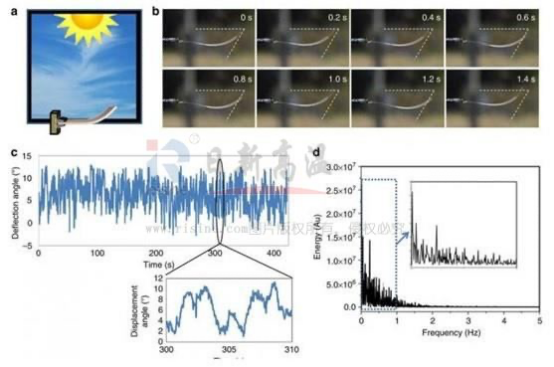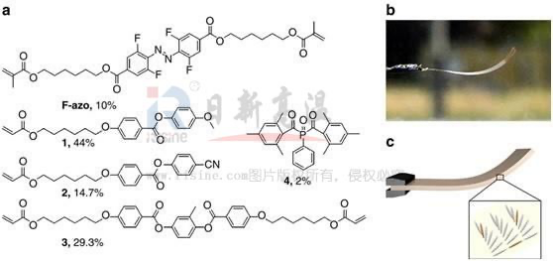
New height of plastic playing - dancing in the sun
Release date:2016-07-20 10:11:00New height of plastic playing - dancing in the sun
Release date: July 20, 2016 reading times: 70
Recently, nature communications Journal reported that a new type of plastic that can spontaneously vibrate in the sun can play this skill.When solar panels are exposed to the outside for a long time, sand and dust will inevitably accumulate on the surface of materials.Imagine that if the material can "dance", the problem will be solved.Let's see this magical plastic together.

This is a kind of polymer material reported by KAMLESH Kumar et al in the Journal of nature communications.
On July 5 this year, researchers at Eindhoven University of technology in the Netherlands developed the first material that can constantly vibrate under the sun's light.The results will be published in the latest issue of nature communications.
The new material can react to unfiltered sunlight.Researchers say it can be applied to solar cells and other surfaces that need to be self-cleaning.Sand and dust will be difficult to accumulate on the surface of the material because it is always vibrating.Although many materials which can spontaneously vibrate under UV irradiation have been studied before, when these materials are continuously exposed to UV light, they will also be damaged, so they can not be used.

Eindhoven's scientists made the material by embedding a photosensitive molecule called an azo compound (or azo dye) into a polymer film.When exposed to sunlight, the film begins to vibrate irregularly.
However, researchers are not sure why the material vibrates in the sun.Researcher Michael debije said in an interview: "this may be caused by a variety of factors. Under the influence of visible light, photosensitive molecules will bend and stretch.Due to the close combination of these photosensitive molecules and the crystal structure of polymer, when the photosensitive molecules bend, the material will vibrate.Of course, there should be a deeper explanation - that's what we're looking at. "
Debije and his colleagues are continuing to explore the chemical and physical basis of this phenomenon, and they hope that more scientists will study the application of this material.

